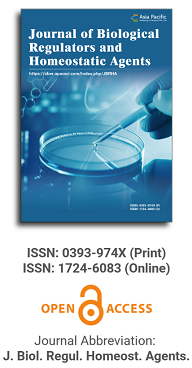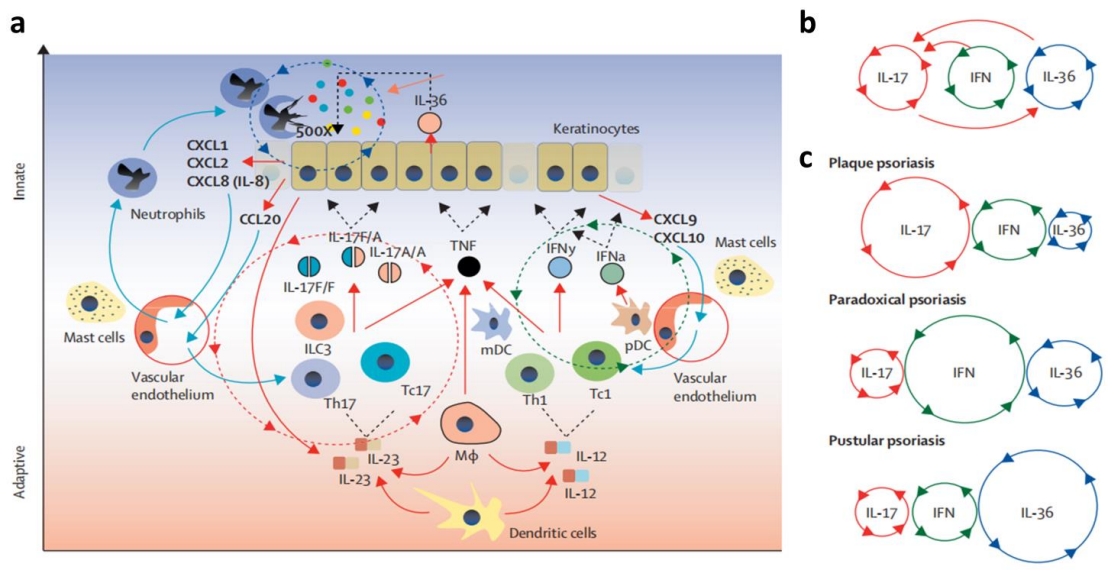
Asia Pacific Academy of Science Pte. Ltd. (APACSCI) specializes in international journal publishing. APACSCI adopts the open access publishing model and provides an important communication bridge for academic groups whose interest fields include engineering, technology, medicine, computer, mathematics, agriculture and forestry, and environment.

Detection of serum procalcitonin and hypersensitive C-reactive protein in patients with pneumonia and sepsis
Vol 32, Issue 5, 2018
Abstract
Sepsis, a systemic inflammatory response syndrome induced by infection, has high rates of morbidity and mortality. Pneumonia is a major cause for sepsis; however, pneumonia complicated by sepsis is a difficult clinical diagnosis. To assess the clinical relevance of serum procalcitonin (PCT) and hypersensitive C-reactive protein (hs-CRP) in early diagnosis of pneumonia complicated by sepsis, 220 patients with pneumonia who were admitted to hospital from July 2015 to July 2016 were enrolled in this study. The patients were divided into non-sepsis (N=82), mild sepsis (N=97), severe sepsis (N=23), and septic shock (N=18) groups. The patients were also divided into a survival group (N=186) and a death group (N=34) according to their prognosis at 2 weeks. The PCT and hs-CRP levels and Acute Physiology and Chronic Health Evaluation-II (APACHE-II) scores of the two groups were evaluated. The PCT level and APACHE-II score showed a progressively increasing tendency in the non-sepsis, mild sepsis, severe sepsis, and septic shock group; the differences between all pairs of groups were significant (P less than 0.05). The hs-CRP level was significantly lower in the non-sepsis group than in the other groups (P less than 0.05), but differences among the other groups were not significant (P>0.05). The areas under the receiver operating characteristic curves of PCT and hs-CRP for diagnosis of pneumonia complicated by mild and severe sepsis were 0.841 and 0.817, respectively. The optimal cut-off points for pneumonia and sepsis were ≥0.5 ng/mL and ≥55 mg/L, respectively; the sensitivity and specificity were 71.42% and 82.13%, and 75.04% and 53.61%, respectively. The sensitivity and specificity of diagnosis based on PCT and hs-CRP were 89.32% and 85.68%, respectively. PCT and hs-CRP are used to assess the severity of pneumonia in combination with sepsis in new-borns, but PCT is more strongly related to the severity of sepsis than is hs-CRP. Detection of PCT in combination with hs-CRP facilitates the early diagnosis of pneumonia and sepsis in new-borns, as well as monitoring of the treatment response and prediction of the prognosis.
Keywords
References
Supporting Agencies
Copyright (c) 2018 G. B. Liu, X. Q. Cui, Z. B. Wang, L. Wen, H. L. Duan

This site is licensed under a Creative Commons Attribution 4.0 International License (CC BY 4.0).

Medical Genetics, University of Torino Medical School, Italy

Department of Biomedical, Surgical and Dental Sciences, University of Milan, Italy

